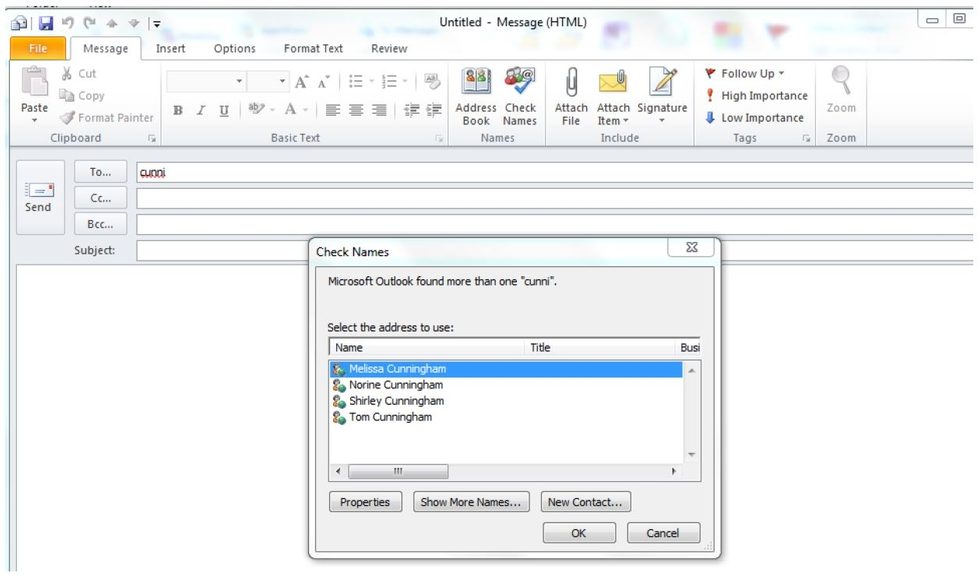

Your first exposure to your potential future employer is the job announcement. In addition, many departments don't turn their attention to visiting and other fixed-term appointments until after they've finished with tenure-track searches. Every year, a few people withdraw after accepting positions or new sources of funding are found. The job season does not end with the offer and acceptance of positions in early spring. In recent years, it has become more popular for schools to complete the process and make offers before Christmas, but only a small minority are sufficiently well organized to pull it off. On-campus interviews of 2-4 candidates generally occur after Christmas break and can stretch on through March.
#Another word for selection committee professional#
Interviews at annual professional meetings may or may not be a pre-requisite for getting an on-campus interview depending on the timing of the meetings and the tradition within the field. Tenure-track announcements begin to appear in the early fall, but continue to occur into the new year. If successful, the department is given authorization early in the spring, and a job announcement is approved by the department and the administration before the end of the academic year. In the fall before the actual search, the department seeks formal authorization from the administration to hire at a given rank and usually in a particular sub-field. Though it varies at the margins by discipline and institution, the life cycle of the typical hiring process for tenure-track jobs runs as follows. It is intended as a prelude to the specifics of compiling your placement file and the other steps you take towards getting a job which are covered in The Academic Job Search - Social Sciences & Humanities and Sciences & Engineering, as well as the other links in the Academic Job Search section. This section describes the job search process from the other side of the table, and is designed to give you some ability to view it through the eyes of those you are trying to entice. Better candidates will do better on average than those with less to offer but as any statistician will tell you, averages tell you nothing about the specific dynamics of a single instance. This can be a good thing or a bad thing for your own chances, but you should not allow the results of your job search to dictate your sense of self-worth.

In essence, so long as a majority of the House is willing to vote for a special rule, there is little that the Rules Committee cannot do.Once you have seen in it from the inside, any illusions that the academic job search is a wholly rational process designed to yield the best candidate for the position are burst asunder. The Committee can also include a self- executed amendment which could rewrite just parts of a bill, or the entire measure. The Committee has the authority to do virtually anything during the course of consideration of a measure, including deeming it passed. The Committee also considers original jurisdiction measures, which commonly represent changes to the standing rules of the House, or measures that contain special rules, such as the expedited procedures in trade legislation. A special rule provides the terms and conditions of debate on a measure or matter, consideration of which constitutes the bulk of the work of the Rules Committee. The Rules Committee has two broad categories of jurisdiction: special orders for the consideration of legislation (known as “ special rules” or “rules”) and original jurisdiction matters. Because of the vast power wielded by the Rules Committee, its ratio has traditionally been weighted in favor of the majority party, and has been in its “2 to 1” (9 majority and 4 minority members) configuration since the late 1970s. The Committee is commonly known as “The Speaker’s Committee” because it is the mechanism that the Speaker uses to maintain control of the House Floor, and was chaired by the Speaker until 1910. The Committee on Rules is amongst the oldest standing committees in the House, having been first formally constituted on April 2, 1789.


 0 kommentar(er)
0 kommentar(er)
